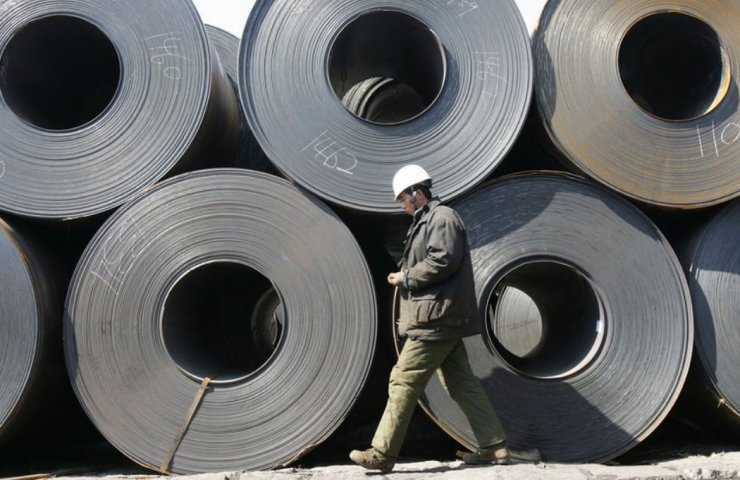China's actions to support steel demand, on the one hand, and limit production, on the other, could determine the fate of regional markets this winter. China's decisive influence on the global steel market was vividly demonstrated at the height of the first wave of the pandemic, when China single-handedly held back world steel prices from a complete collapse.
In winter, a number of seasonal factors play a role in China, such as reduced demand for construction, mandatory reductions in steel production to combat pollution and, ultimately, restocking ahead of the Lunar New Year, which falls on February 12, 2021. p>
The seasonal effect on steel prices has likely been exaggerated in recent years, according to S&P Global Platts.
The average price of hot rolled coil excluding stocks in Shanghai in the winter months from November to January rose by three and fell in two of the past five years compared to the autumn months of August and October. Winter harvesting prices in Tangshan fell for three years and rose for two.
With the exception of 2016 and 2018, the percentage change in quarterly price movements was mostly low single-digit numbers in any direction, indicating that winter itself did not play a significant role in determining price direction.
In 2016, winter prices for both hot rolled coil and billet increased by more than 20% compared with the fall amid the Chinese government's tough measures on induction furnace capacity.
Prices fell more than 10% in 2018 as Beijing focused on less leverage and tightened lending, and weaker provision for winter production cuts as it sought to balance stimulating growth by amid trade tensions with the United States.
It is against this background of macroeconomic factors that determine government policy that steel prices have shown significant volatility in winter over the past five years.
Looking at the policy imperatives this year, the “double circulation” strategy, which will be announced in more detail at the end of October, should provide sustained support for steel demand as it focuses on domestic consumption growth and urbanization.
On the other hand, questions have been raised about the extent to which self-restraint can play a part of the "external circulation" strategy, in which some overseas BRI projects can be pursued with less zeal, reducing steel consumption.
The conditions for increasing domestic steel supply are also created by the production cutback policy this year's winter, which market participants expect less strict compliance than usual in northern China, in part because steelmakers have improved environmental practices and modernized your equipment.
Overall, China's status as a net steel importer - which it achieved for the first time in 11 years since June - is likely to be lost in the fourth quarter following recent domestic price adjustments and a rebound in demand in countries such as India.
However, billets from Southeast Asia may continue to meet China's import demand. More recently, Vietnamese company Hoa Phat Steel sold 20,000 tonnes of November billets to China, and subsequent shipments were sold on October 10, according to spot market data compiled by Platts.
In fact, CFR China-based billet spot deals seen by Platts in the third quarter were down just 15% qoq to 1.1 million tonnes, 40 compared to 43 in the third quarter.
India accounted for 5 of those 40 deals, down sharply from 26 of 43 deals in the second quarter, giving way to Vietnam, which became an alternative supplier with 19 deals in the third quarter, up from one in the second quarter. >
According to Platts, the increase in Vietnam's share in the third quarter was partly the result of weaker domestic rebar prices, which fell to VND 10,117 /kg in the third quarter from VND 10,117 /kg in the second quarter and hovered around VND 10,000 /kg. during most of July and August. Prices are indicated ex-works for material with a diameter of 12-20 mm, excluding VAT.
More importantly, Vietnamese materials have pushed into China as offers for competitively priced procurement from India have slumped as its economy resumes following a nationwide lockdown to contain the coronavirus pandemic.
While Vietnam's containment of the coronavirus has done well, its larger producers Hoa Phat, Formosa Ha Tinh Steel and An Hung Tuong Steel remain partly dependent on exports, especially in Southeast Asia.
Considering that some traders buy a physical billet, fixing prices for futures on Chinese rebar, imports of Vietnamese billet





